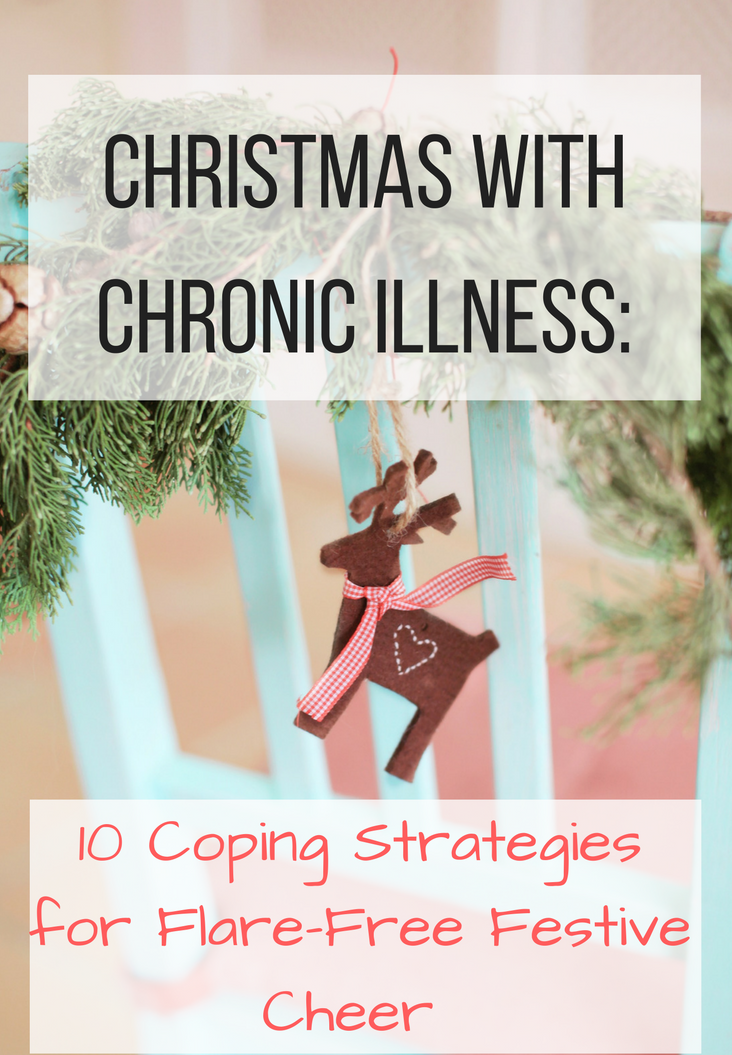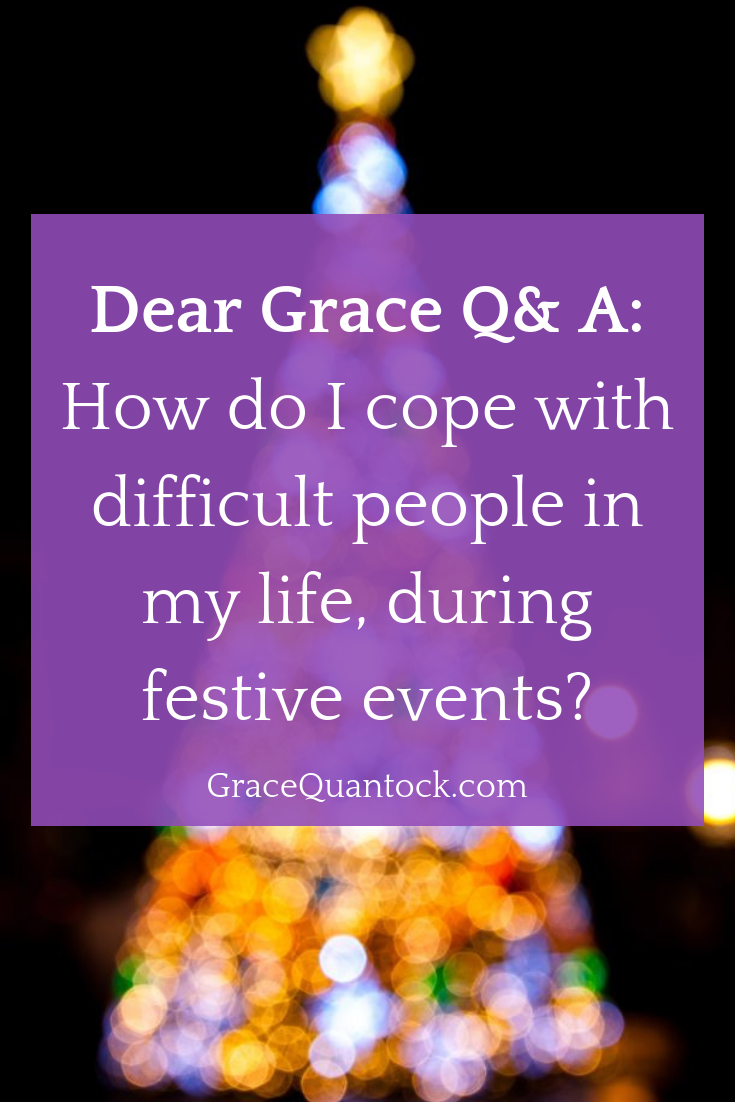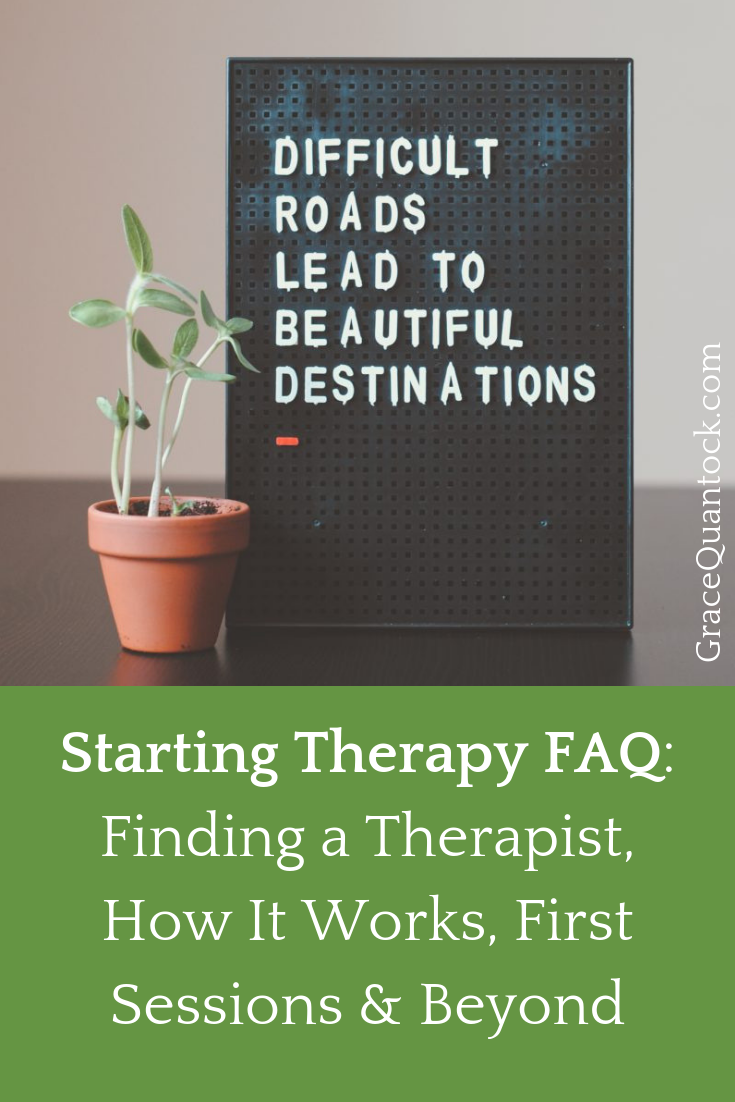
Christmas with Chronic Illness: 10 Coping Strategies for Flare-Free Festive Cheer
It may still be the start of December but oh my, things are in full festive swing it seems.
(I have ‘Christmas’ in the title, but I am including all festive celebrations – I just liked the alliteration).
But for many of us living with illness and pain, for those in hospital, or grieving loved ones, struggling with feeling lonely, or with money issues, the festive time can feel like a lot of pressure. Especially this year with the fuel and cost of living crisis, many people are struggling with survival. People are being forced to reconsider how they approach winter and while this level of permacrisis is unprecedented for many of us, I have years of experience in being forced by circumstances to reevaluate traditional celebrations and find what’s still possible.
CLICK TO TWEET: I believe it IS possible to enjoy the festive season and Christmas with chronic illness, pain and life challenges. Let’s go in consciously and find our joy…
Here are my top 10 tips from 13 years of having Christmas with chronic illness to help you enjoy the holidays no matter your circumstances:
1. Investigate the Intention
What do you want for your Christmas? I don’t mean what’s on your wish list, I mean what would you like to enjoy during this season? Happiness, joy, togetherness, excitement, companionship, generosity, feeling creative, feeling restored, feeling received, feeling included, feeling in faith?
When we check in with what we are looking for from our festive experience, we can arrange things to get those needs met. Often there’s an idea that these things just ‘happen’, that they are the natural result of the holidays. I’m not sure that’s true, but I think lots of activities in the holidays can result in such experiences.
2. Exceeding Expectations
What does Christmas mean to you?
What are your hopes or worries?
Is there nostalgia in the mix?
Are your expectations realistic?
Are they yours or based on popular culture?
When we are clear on our expectations of a holiday then it’s much easier to enjoy it. When there’s an unexamined, unmet need for this holiday to be ‘the best ever’ or ‘the one that heals the wounds’ or ‘the time when I really connect with _____’ and ‘finally get some rest’ it can be a powder keg. Because it probably can’t be all those things at once, and can’t be anything unless we choose to make it so. It’s a huge amount of pressure to put on just a few days. So let’s check in – what are we secretly hoping/expecting – and is that something we actually want to try and get at this time of year?
3. Body Blessings
What does your body say? Think about your festive plans or hopes and listen, if you can, to your body while you do. Do the coming holidays feel expansive and relaxing, or pressured and painful?
What do you need to do to give some space for your body? Maybe you need to ask for the company meal to be at a more accessible restaurant? Perhaps you need to set yourself a schedule and pace your energy or decide you don’t have to say yes to every request. What are you dreading – card writing? Gifts to the nibblings? That reunion party?
Think Radical Compassion – maybe you don’t have to do it! The world won’t end if you don’t do it, or if you do it in your own way. Exhale and find some space for you.
4. Animal Antics
When I am feeling stuck between what my body needs and what I feel society expects, I always think – what would an animal do?
For example, in Wales, the festive season is the coldest, darkest time of year, weather-wise. Is this the time to act really energetically? To go out to lots of extroverted events? Try and travel across the country to visit people?
What would an animal do? They would be hibernating, sleeping, and conserving their energy. They would make any big migrations before or after winter. I am a human animal, and not exempt from the impact of nature and the weather. So I follow the animal’s ways and take care of myself with activities that make ‘the soft animal of my body’ feel good.
5. Positive Parties
Parties are amazing opportunities to bask in joy and happiness – but they frequently bring up huge challenges, especially for those in pain or with illness. Travel. Food with allergens. Emotional or physical overwhelm. Over-stimulation. Navigating expectations. Awkward questions. And, for those of us with mobility aids, new or inaccessible environments. With pain or without, parties present unique issues. But with forethought and savvy planning, they can still be managed and – even more importantly – enjoyed. If there are parties you’d love to attend and want tips to navigate them, check out my article on How to Party with Pain.
6. Gifting Guide
What do you really want in your life? And can it be gift wrapped?
If not, are there items you need to get closer to what you want – equipment and tools for the journey? Maybe that’s what to prioritise on a festive gift list.
And are you carrying anything that will weigh you down – like unwanted but well-intentioned gifts? Are you buying for the life you have or the life you want?
Set up your own wellness-wish-list and know that if people want to buy you gifts they’ll be buying gifts you can actually use.
7. Decorating Dilemmas
The big question these days is: are you decorating for you or for Instagram?
Because you love the way that wreath looks on the tree or because Pinterest told you to and well, all those people in the Pinterest pictures are having fun aren’t they? So if I do those DIYs, surely my life will look like that too. Right?
Uh, not in my experience, but it took me a long time to stop trying. We are surrounded with so many perfect pictures it can be hard to accept that our lives are valid and beautiful (and hard and painful sometimes too) exactly as they are.
So check in with your decorating dreams and do what works for you. If you are housebound you may want to start decorating early to cheer up your space, you can keep a sparkly tree up all winter, or use just what delights your eye. If there’s no space for a tree, try garlands and branches places around, or a festive vignette to gaze upon.
8. Choices and changes
You’re making all these choices for a conscious Christmas season with chronic illness. It’s feeling good, gentle, and caring. You can breathe a little bit more, and you’ve been liberated from the pressure of perfect holidays. But how do you explain your choices to other people without seeming like you are judging their choices?
It can be useful to approach things as an experiment, to emphasise the positives and telegraph the response you are looking for. How do you do all that? Try this…
This year I am trying something a bit different, I am going to just (decorate differently, stay home, and opt out of gift-giving) because I feel I have/feel so wonderful about (the time I spend with you each week/all the gifts I already have/my beautiful home) I just want to take some space this holiday to enjoy that and not put any pressure on my body to do more than I need. So if you could (donate instead of buying me something, call instead of inviting me over, etc) I’d really appreciate it. I’m so excited about this and so looking forward to the day.
9. Compassionate Awareness
You, my dear, are like a great symphony. Full of sways and rhythms, meaning and might. Magnificent.
But so often we don’t listen to our bodies and their whispers. Being in compassionate awareness of our bodies is listening to what’s happening for us today, where we are now, and acting accordingly. It could be as simple as realising you are thirsty and need some water, to taking a break at the party and not expecting yourself to sit upright, laughing and joking for hours at a time.
CLICK TO TWEET: I urge you to tune in and practice compassionate awareness this holiday season.
10. Adapting the fun to you
Who’s to say that the way it has been, is the way it has to be?
We can choose to adapt the fun to suit our needs. A few years ago it was my family tradition to climb a local mountain on Christmas Day (yes, really) and eat Christmas dinner at the top. With flasks of mulled wine and veggie stuffing sandwiches. Unsurprisingly, that was not a possibility for me, as although my wheelchair is lovely, it isn’t all terrain and I don’t think it would cope well with an actual mountain.
So we changed things to keep the intentions, but still include me. We went for a Christmas walk along the towpath of the Monmouthshire Brecon canal with sandwiches shared as we strolled/wheeled. Later still, when small babies arrived and some family members were getting older and less enthusiastic to climb snowy peaks, we changed things so that the tradition was 1/2 the family would curl up by the fire for the afternoon and rest, while the more energetic members went trekking. All these were the same themes: appreciation of nature, shared food, togetherness, and celebration, but adapted to meet the needs of a changing family and world.
How can you adapt your traditions to fit your needs this season?






